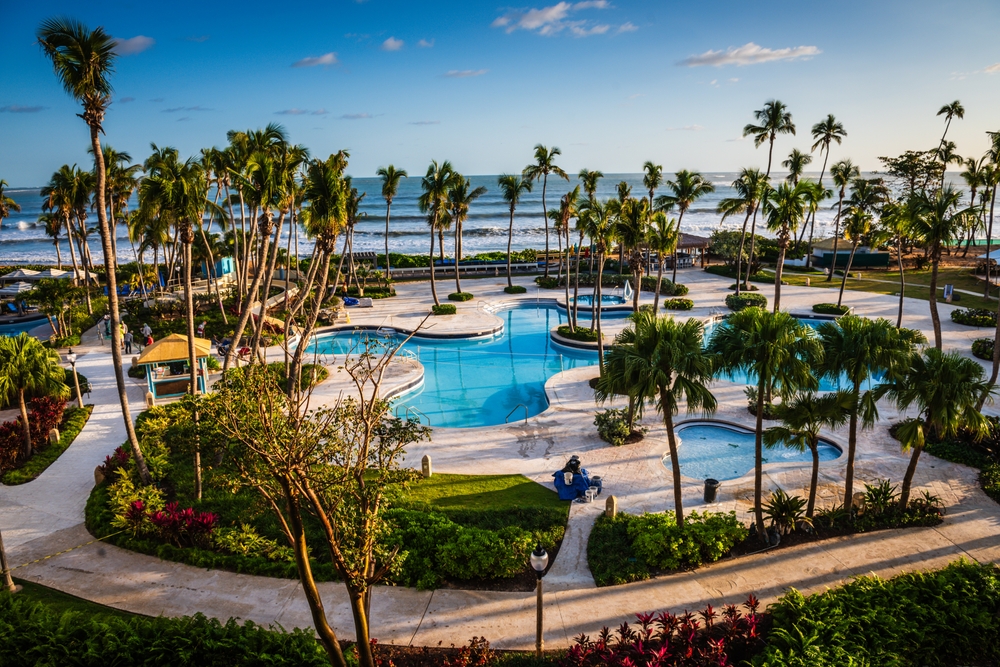Tropical Island
Tropical islands are known for their stunning beauty and unique ecosystems. These islands provide habitats for diverse flora and fauna. Many tropical islands are home to rainforests, beaches, and coral reefs.
Geography and Climate
Tropical islands are located near the equator. They feature warm temperatures year-round. The climate is generally humid with a wet and dry season. Rainfall can be abundant, supporting lush vegetation.
Flora and Fauna
The biodiversity on tropical islands is remarkable. Rainforests host a variety of plant species including palms, ferns, and orchids. Mangroves often line the coastlines. These plants create important ecosystems for wildlife.
Wildlife on tropical islands is equally diverse. Birds, insects, and reptiles are commonly found. Unique species may have evolved in isolation, leading to high levels of endemism. In many cases, animals and plants found on these islands exist nowhere else in the world.
Marine Life
Surrounding waters are often just as enriching. Coral reefs are bursting with marine life. These underwater ecosystems are home to fish, mollusks, and crustaceans. Coral reefs also protect coastlines from erosion.
Species such as sea turtles, dolphins, and sharks frequent these waters. Each plays a vital role in the marine food web. Efforts are made to ensure these organisms are protected and their habitats preserved.
Human Inhabitance and Culture
Humans have inhabited tropical islands for thousands of years. Indigenous cultures often have traditions linked to the environment. Fishing, agriculture, and craftsmanship are common livelihoods.
Modern settlements may have infrastructure for tourism. This industry can provide economic benefits. However, it must balance with environmental conservation to sustain natural resources.
Tourism and Conservation
Tourism is significant for many tropical islands. Activities like snorkeling, hiking, and beach lounging attract visitors. Eco-tourism emphasizes sustainable travel. It aims to minimize the impact on natural environments.
Conservation is key to maintaining the health of tropical islands. Marine parks and protected areas are established to safeguard ecosystems. Local and global efforts are essential to address challenges such as climate change and pollution.
Challenges
Tropical islands face several environmental challenges. Climate change leads to rising sea levels and extreme weather events. These changes can damage natural habitats and human settlements.
Pollution, including plastic waste, affects both land and sea life. Overfishing and habitat destruction also pose significant threats. Addressing these issues requires coordinated action and community involvement.
Sustainable Practices
Communities, governments, and organizations are working towards sustainability. Renewable energy, waste management, and effective resource use are priorities. Education and awareness programs help residents and visitors know the importance of protecting these environments.
Agroforestry and sustainable farming provide food while preserving ecosystems. Fish farming and sustainable fishing practices protect marine life. Efforts in reforestation are made to restore degraded landscapes.
Future Prospects
The future of tropical islands depends on how well they navigate these challenges. Resilient ecosystems can be achieved through conservation and innovation. Communities that adapt sustainably can thrive and maintain their unique way of life.
Support from international organizations and partnerships fosters progress. Technologies that monitor and mitigate environmental impacts help in creating sustainable futures. The role of education cannot be overlooked. Engaging local communities is crucial for long-term success.
Tropical islands remain a symbol of natural beauty and ecological importance. Preserving these unique environments ensures they continue to benefit both nature and humanity.





